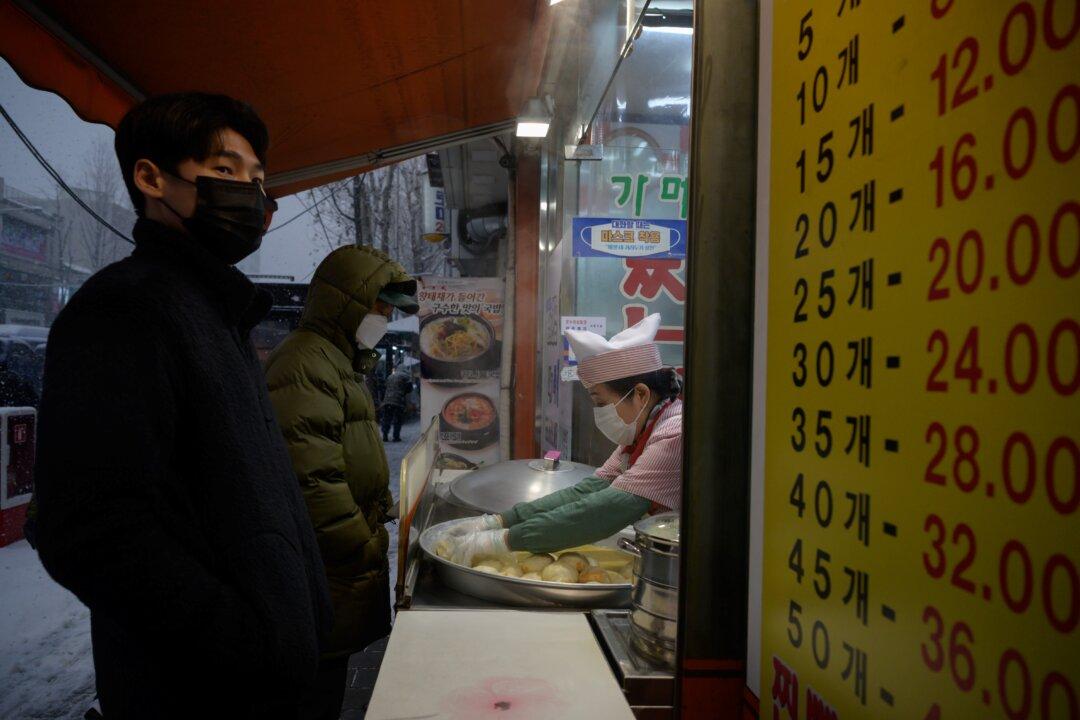China’s rising raw material costs are driving up the prices of consumer goods in South Korea, said the Bank of Korea.
According to a Yonhap News Agency report citing the Bank of Korea, China’s soaring producer price index and export prices driven by its rising raw material costs are adding to South Korea’s inflation pressures, reflecting on its consumer price index (CPI).





